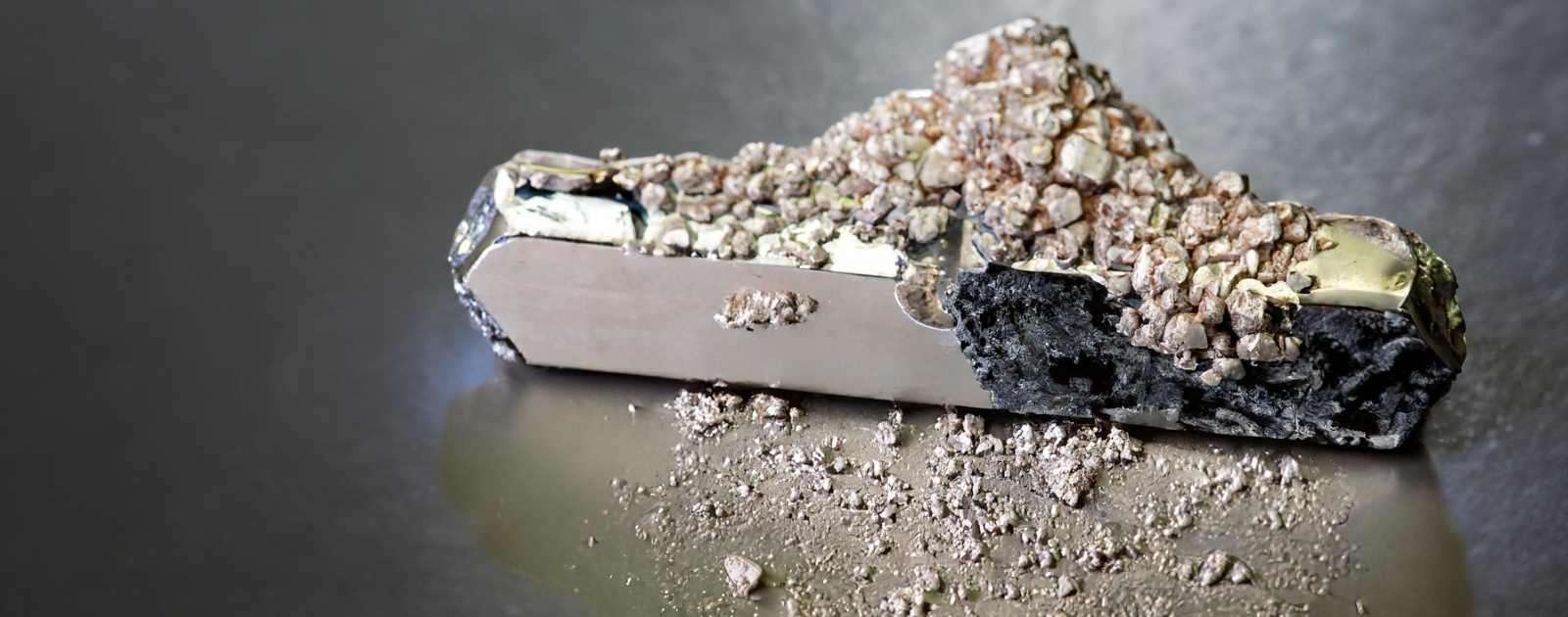Answer: Beryllium oxide (BeO) is a basic compound, also known as an amphoteric oxide. It can react with both acids and bases but leans more towards basic behavior.
Beryllium oxide is a white crystalline solid that is insoluble in water but soluble in acids. In the world of chemistry, understanding whether a substance is acidic or basic (alkaline) can shed light on its properties and potential applications. The nature of beryllium oxide, acidic or basic, has been a point of discussion among chemists. It’s critical for various applications, from being used as a refractory material to its role in the aerospace industry. This article aims to provide a comprehensive view on whether beryllium oxide is acidic or basic.
Is Beryllium Oxide Acidic?
No, beryllium oxide is not acidic. It leans more towards being basic in nature.
In chemistry, an acidic substance is one that donates a proton (H+) to another substance. Acids generally have a sour taste and are corrosive to metals. Beryllium oxide doesn’t fit into this category. In contrast, it acts more as a base in its chemical interactions. It does not donate protons, and its reactions lean towards the acceptance of protons, which is a hallmark of bases.
Another reason to consider beryllium oxide as non-acidic is its behavior with indicators like litmus paper. A general test for acidity or basicity, the litmus paper turns red when a substance is acidic and blue when it’s basic. Beryllium oxide doesn’t turn the litmus paper red, reinforcing the idea that it isn’t acidic. So, despite its role in various industries, it doesn’t serve the purposes that you’d typically use an acid for, like as a cleaning agent or a reactant in specific chemical processes.
Is Beryllium Oxide Basic?
Yes, beryllium oxide is basic, more specifically, amphoteric.
Beryllium oxide is fascinating because it exhibits amphoteric properties. This means it can act as both an acid and a base depending on the environment. However, it leans more towards being basic. When it reacts with acids like hydrochloric acid, it forms salts, a typical behavior of bases. Moreover, it can form hydroxides when interacting with water, further cementing its basic nature.
Think of beryllium oxide as that multi-talented friend who excels in different fields but has a favorite. While it can act as both an acid and a base, its ‘favorite’ role is as a base. This property is particularly useful in applications where a basic compound can offer advantages, such as in the ceramics and refractory industries.
pH Values of Beryllium Oxide
Understanding the pH value of a substance can offer insights into its acidic or basic nature. The pH scale ranges from 0 to 14, with substances having a pH less than 7 considered acidic, and those with a pH greater than 7 considered basic. However, beryllium oxide does not dissolve in water to a noticeable extent, making it difficult to measure its pH directly. Indirect methods, such as its reactions with acids and bases, indicate its basic leaning nature.
Final Thoughts
So, is beryllium oxide acidic or basic? The answer is quite clear: it’s basic, leaning more towards being an amphoteric oxide. Its capacity to interact with both acids and bases is intriguing but it primarily acts as a base. Its behavior is essential for various industrial applications, including its use as a refractory material and in ceramics.
Understanding the nature of chemical substances like beryllium oxide is crucial, not just for academic purposes but also for real-world applications. Whether you’re a chemist, a student, or someone interested in the material sciences, knowing compounds’ basic or acidic properties can be incredibly useful. In the case of beryllium oxide, its basic nature opens doors to a variety of uses that capitalize on this particular chemical behavior.

